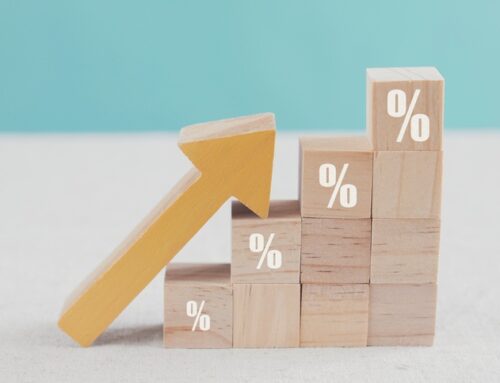Home » Uncategorised »
Buy-to-Let returns highest for 14 months
This article is an external press release originally published on the Landlord News website, which has now been migrated to the Just Landlords blog.
The most recent Buy-To-Let Index from Your Move and Reeds Rains has indicated that returns from buy-to-let property are soaring.
Data from the report shows that returns currently stand at their highest level since November 2014.
Growth
Looking into both rental income and capital growth, the average landlord in England and Wales has seen total returns of 12% in the year to January. This is a rise from the 11.2% recorded in the twelve months to December and represents a fourteen month high. In November 2014, returns stood at 12.3%.
In absolute terms, this means that the typical landlord in England and Wales has seen a return of £21,988 in the last year, before any deductions such as mortgage payments.
Of this, the average capital gain totalled £13,594, with rental income making up £8,394 over the same period.
Rental yields have proven to be sturdy when faced by price increases. The gross yield on a rental property in England and Wales remains steady at 4.9% in January, as it was in December 2015. Annually, this was slightly less than the 5.0% seen in January 2015.
‘Picking up’
‘Buy-to-let returns are building and property prices are picking up-as the housing shortage across the UK intensifies,’ observes Adrian Gill, director of estate agents Reeds Rains and Your Move. ‘Landlords’ balance sheets are looking healthier than at any point since 2014 and property investors are looking at an excellent rate of return from their portfolios. With house prices rising rapidly into the New Year, this acceleration will be a welcome addition to the wealth of landlords on paper, while solid rental yields are underpinning total returns pushing well into the double digits.’[1]

Buy-to-Let returns highest for 14 months
‘Stamp duty premiums on new buy-to-let purchases are the rhino in the room-everyone is talking about the 1st April deadline and the extra purchase costs are perceived by some commentators as potentially hazardous. But this is a little simplistic. Landlords are long-term investors and generally take good advice before making a new purchase, while the real changes will come when some landlords see gradual changes to their tax relief on mortgage interest. The rules around UK property are changing-but there is no bull in the buy-to-let china shop,’ he continued.[1]
Shifts
Mr Gill believes that, ‘in 2016, the big shift is likely to be in favour of existing landlords, potentially at the expense of those planning to start up as a landlord for the first time or expand their portfolio.’ He said that as a result, ‘it will be interesting to see how the rental market responds if there is a disruption to investment in supply.’[1]
Concluding, Gill said that, ‘this is likely to be a short-term effect. Over the longer term there is a consistent and developing lack of housing across all tenures, for a spiralling population. Owners and renters alike will see the cost of somewhere to live continue to rise, whether expressed in rents or prices. Stamp duty surcharges could funnel more money from the industry to the Treasury, but ultimately will not change the level of demand from tenants
[1] http://www.propertyreporter.co.uk/landlords/best-buy-to-let-returns-since-2014.html



